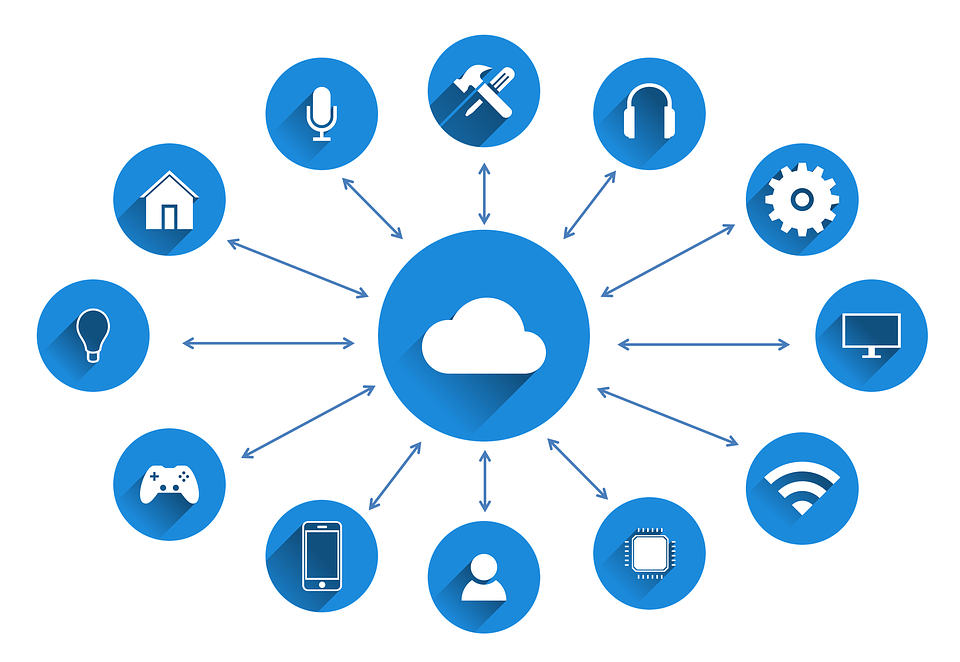How Does Home Automation Work
What is Home Automation?
Home automation offers you access to control devices in your house by a mobile device anywhere on earth. The expression is mostly for remote handheld apparatus, like thermostats and irrigation systems. Houses where everything – appliances, lights, heating/cooling systems – hooks up to a controllable network is what true home automation is. By the standpoint of house safety, this includes your alarm, locks, smoke detectors, and surveillance cameras.
Developments in Home Automation
Previously automatic central control of building-wide systems had been functioning only in large commercial buildings. Typically involving just light, heating and cooling systems, building automation infrequently provided over fundamental control. Tracking and scheduling purposes have been reachable only from particular control points inside the construction itself. The most obvious advantages would be ‘smart’ appliances which link into a LAN, through Ethernet or Wi-Fi. However, electric systems and perhaps even specific things, like light switches and electrical outlets, will integrate into home automation systems. Companies have also explored the capacity of IP-based stock monitoring. For instance, Wipro smart light functions based on Amazon’s Alexa, Echo, and Google Home.
Even though the evening is still far away once you have the ability to use your mobile browser to monitor a missing sock, home systems are capable of adding a growing number of systems and devices.
Utilization of Remote Accessibility in Home Automation
Another prominent feature of cutting-edge home automation is remote monitoring and approachability. Though previously only a limited number of one-way distant observation was possible. It is the growth in tablets/smartphones which we have been able to connect to our house networks while away. With the ideal house automation program, you may use any Internet-connected apparatus to see and manage the machine itself and any connected devices.
Tracking apps can supply an abundance of information about your house, in the condition of the present moment to a comprehensive history of occurrences up to now. You may examine your security system’s status, if the lights are on, if the doors are secure, what the present temperature of your house is and a whole lot more. With cameras as part of your home automation program, you may even pull real-time movie feeds and see what is happening in your house while you are away. Google Home Mini is the ideal example of something which can make your job easier at home.
Some benefits –
To perform many critical tasks, you can use simple notifications. You can program your system to send you a text message or email whenever your safety system registers a perspective issue, from severe weather alerts to movement sensor warnings to fire alarms. You might even get educated for more mundane events, like programming your ‘smart’ front door lock to allow you to know when your child goes home from college. The authentic hands’ free controller comes in when you begin interacting with all the home automation program from the distant app. Along with arming and disarming your safety system, you are able to authenticate the scheduling lock and unlock doors, reset the thermostat, from anywhere on earth. As producers are producing more and more ‘smart’ appliances and devices all the time, the chances for home automation are almost infinite.
Components of Home Automation
What types of things could be a part of a house automation system? Ideally, anything that can be controlled remotely and linked to a network. In the actual world (out of research labs and houses of the wealthy and famous), house automation joins binary devices. For instance ‘off and on’ devices like lighting, power sockets, and electronics. Also devices like security detectors that have only two functions, open and shut.
Where home automation gets really ‘smart’ is at the Internet-enabled devices that connect to the network and command it. Today’s house automation systems are somewhat likely to disperse programming and tracking controller. It involves a dedicated device in the house, like the control panel of a safety program. It also fashions a user-friendly program interface which you may retrieve through an Internet-enabled PC, smartphone or tablet computer.
Advancements –
Developers have introduced a large array of ‘smart’ devices, like the Schlage door lock. A lot of them are filled with advanced features but a number of them provide improvised integration. This is required to become a part of a complete home automation program. There has been a lot of the difficulty in the development of home automation. It is that every producer has a different notion of how these devices should be controlled and connected. So while you might have a ‘smart’ TV, washing machine, fridge, thermostat, coffee manufacturer or some of the additional internet-ready household apparatus available on the current market, the final result is generally another control strategy for each appliance.
In the near future, house automation might be standardized to allow us to take advantage of all these extra chances. For now, the house security providers in home automation have focused on the most crucial pieces of a connected home. At a fundamental level, this implies that the windows doors and ecological apparatus (Nest thermostat, smoke sensors, fire, and CO2 detectors) that keep you secure and comfortable. For additional real-time safety, control, and convenience, home automation systems from security suppliers should also have options for movie cameras. Together with the best methods, you will have the ability to incorporate lights and individual electric outlets into your house automation package.


One Reply to “How Does Home Automation Work”